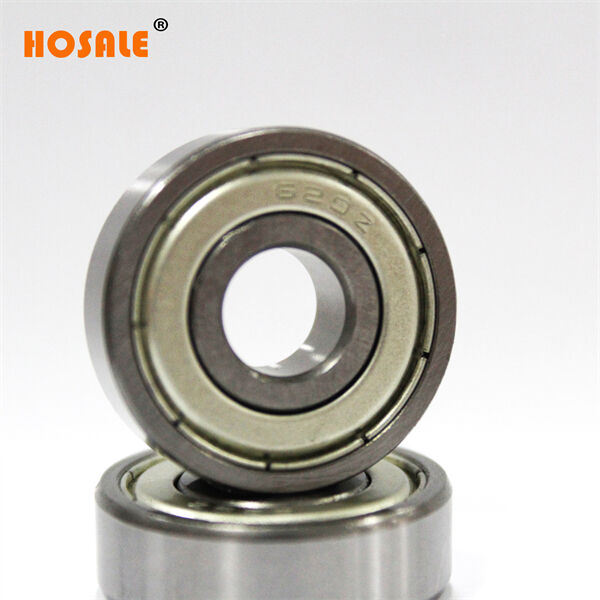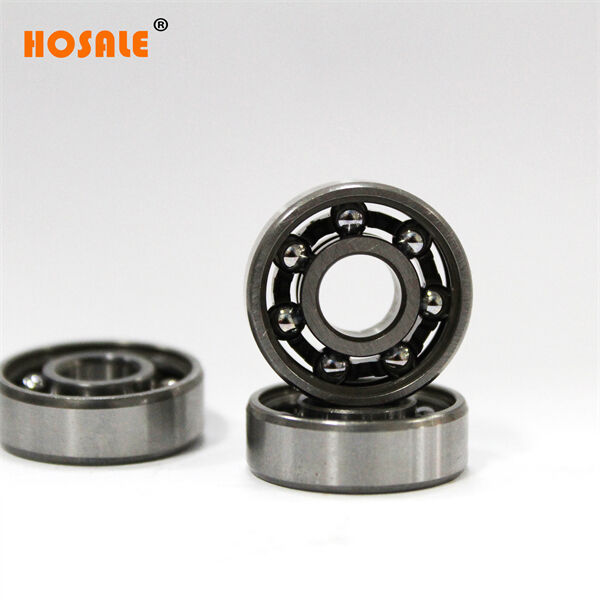Air bearings are a type of device that utilize air as a lubricant to offer smooth and easy motion. They are super important for optimising the performance of machines and reducing noise. Air bearings are used in a variety of work environments, including manufacturing plants, hospitals, and scientific laboratories. They are responsible to a great extent for getting these machines to work perfectly.
Air bearings offer a significant reducing agent of friction. Friction is the interaction between two surfaces in contact with one another, and often generates heat as a result. Over time, this heat can burn out components of machines and make them inoperative. But with bearing sleeves, the moving components glide upon a thin film of air. That means less friction which finds the machines working efficiently and also have a longer shelf-life. This makes air bearings extremely helpful in preventing machines from overheating or getting worn out very quickly.
With bearing sleeve typess, the tolerances are very low, which is another wonderful plus. As the saying goes, it is all about accuracy when you need to place things just right. The example they made was that in the manufacturing of a computer chip a minor mistake can cause the chip to be defective. This is where air bearings come in super handy, keeping everything aligned and relative motion exactly where it needs to be. Such high degree of precision is vital in manufacturing, where you have to deal with very detailed material handling.
From aerospace to medical systems, air bearings are revolutionizing accuracy, efficiency, and dependability in machine manufacturing. For example, in hospitals, air bearings use to aid in transporting sensitive medical equipment. This is critical as these machines should not be disturbed or misaligned. They are assisted by the air bearings that slide them left and right without disturbing the strings of air that are crucial to patient care.

Air bearing systems feature several incredible advantages that promote efficiency and reduce time. Machines, for instance, operate quicker with them, as well as being new and needing less downtime for repairs. Since air beams produce little friction and wear, machines can go much longer between maintenance or repairs. It implies lesser downtime that is the amount of time in which machines remain non-operational. Now more work done equals more time working and that is what any business wants.

Air bearing systems are also very versatile. From huge industrial machines that raise large weights, to precision scientific equipment that requires extreme care in handling, they are applicable in many areas. This option flexibility is one of the main reasons why air bearings become the preferred option in numerous applications across industries. Whether moving heavy things, or moving sensitive things, air bearings are the right solution.

Air bearings can be of two varieties — aerostatic bearings and aerodynamic bearings. In aerostatic bearings, a thin layer of compressed air forms between the bearing and the moving object, generating a pressure layer. This helps keep everything in place At the same time, aerodynamic bearings allow an object to float on a thin cushion of slowly-moving air, effectively gliding the object through the use of the air. Both are equally efficient and are selected remembering the necessities of an application.